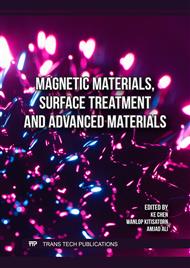p.3
p.9
p.15
p.21
p.29
p.39
p.47
p.57
Pressure Distribution of Polyurethane Foam Based on Palm Oil Content
Abstract:
This study explores the effect of varying epoxidized palm oil (EPO) content on the mechanical properties and pressure distribution of polyurethane (PU) foam. Polyurethane foams were synthesized with EPO concentrations of 25%, 50%, and 75%, and their morphologies, densities, hardness, compressive strength, and pressure distribution capabilities were analyzed. The results showed that increasing EPO content significantly affects the foam's cell structure, leading to variations in density and mechanical properties. PU foam with 50% EPO exhibited a more open-cell structure, resulting in lower density and hardness but compromised compressive strength. Conversely, foam with 75% EPO content demonstrated improved pressure distribution despite increased density and nonuniform cell sizes. These findings highlight the potential of using palm oil-based polyols to develop sustainable PU foams, balancing flexibility and mechanical strength for applications in cushioning and pressure relief materials. The study underscores the importance of optimizing EPO content to achieve desirable foam properties for specific applications.
Info:
Periodical:
Pages:
15-20
Citation:
Online since:
December 2024
Authors:
Price:
Сopyright:
© 2024 Trans Tech Publications Ltd. All Rights Reserved
Share:
Citation:



